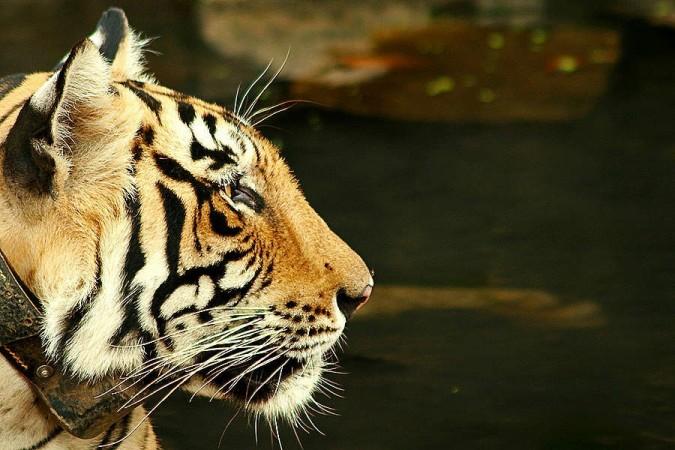
Expressing concern over the increasing threat to tigers around the world, an independent global nature conservation organization has revealed "poaching is the most immediate threat to tigers."
"Poaching is the most immediate threat to tigers and protected areas are the first line of defence against poaching," says Mike Baltzer, Leader of World Wildlife Fund's (WWF) Tigers Alive Initiative.
The WWF organization conducted a preliminary assessment of 63 legally protected areas in seven tiger range countries. It covered 84 locations around the world, 63 of which are legally protected areas, in seven of the 12 countries.
Pointing out that all these 63 legally protected areas maintain only 35 percent of WWF's minimum standards of protection, Mike added: "If this preliminary assessment reflects the full situation on-the-ground, then protected areas are not functioning as an effective safe haven for tigers. Without places tigers can be safer from poaching, there is no hope to meet the target of more than 6,000 tigers by 2022."
Referring to the commitment made by the 13 Tiger Range Governments during the 2010 "Tiger Summit" in St. Petersburg to double the number of wild tigers by 2022, the statement also mentioned, "Poaching of tigers, to meet consumer demand for their body parts and products, is now the main factor reversing the gains made by governments, donors and other partners working towards the 2022 goal."
The meeting in New Delhi next week provides a perfect opportunity for the 13 countries to immediately launch an elevated operation to improve the protection of sites critical to tigers and take deliberate action towards Zero Poaching.
The WWF staff analysed various data and found that there aren't enough enforcement staff in the 41 of the 63 protected areas to protect them and achieve zero poaching.
Malaysia's Royal Belum State Park, which is a natural habitat of the Malayan tiger have only 17 enforcement staff for covering 1,000 km2. In contrast, India's protected areas like Kaziranga National Park have around 800 enforcement staff for its 860 km2 area.
The statement also mentioned that, only 18 of the protected areas surveyed are currently using computer-based, law enforcement monitoring systems to help them manage their sites more effectively; the majority still rely on manual analysis.
"Clearly, a large number of areas important for tigers urgently need increased investment in protection and enforcement," said Craig Bruce, WWF's expert on enforcement and protection of wild tigers.
"Tiger range governments should immediately and dramatically increase their commitment and investment in securing these sites. They should ensure there are sufficient, effective and dedicated enforcement teams on the ground, working towards Zero Poaching," he added.
WWF has found ways to achieve zero poaching which include, identifying important sites that require good protection from poaching, ensuring these sites have sufficient numbers of enforcement staff who are well trained to use monitoring systems.
They also suggest people living near important tiger conservation areas should be actively involved. The judiciary should also ensure to give strict punishment to those involved in poaching.









